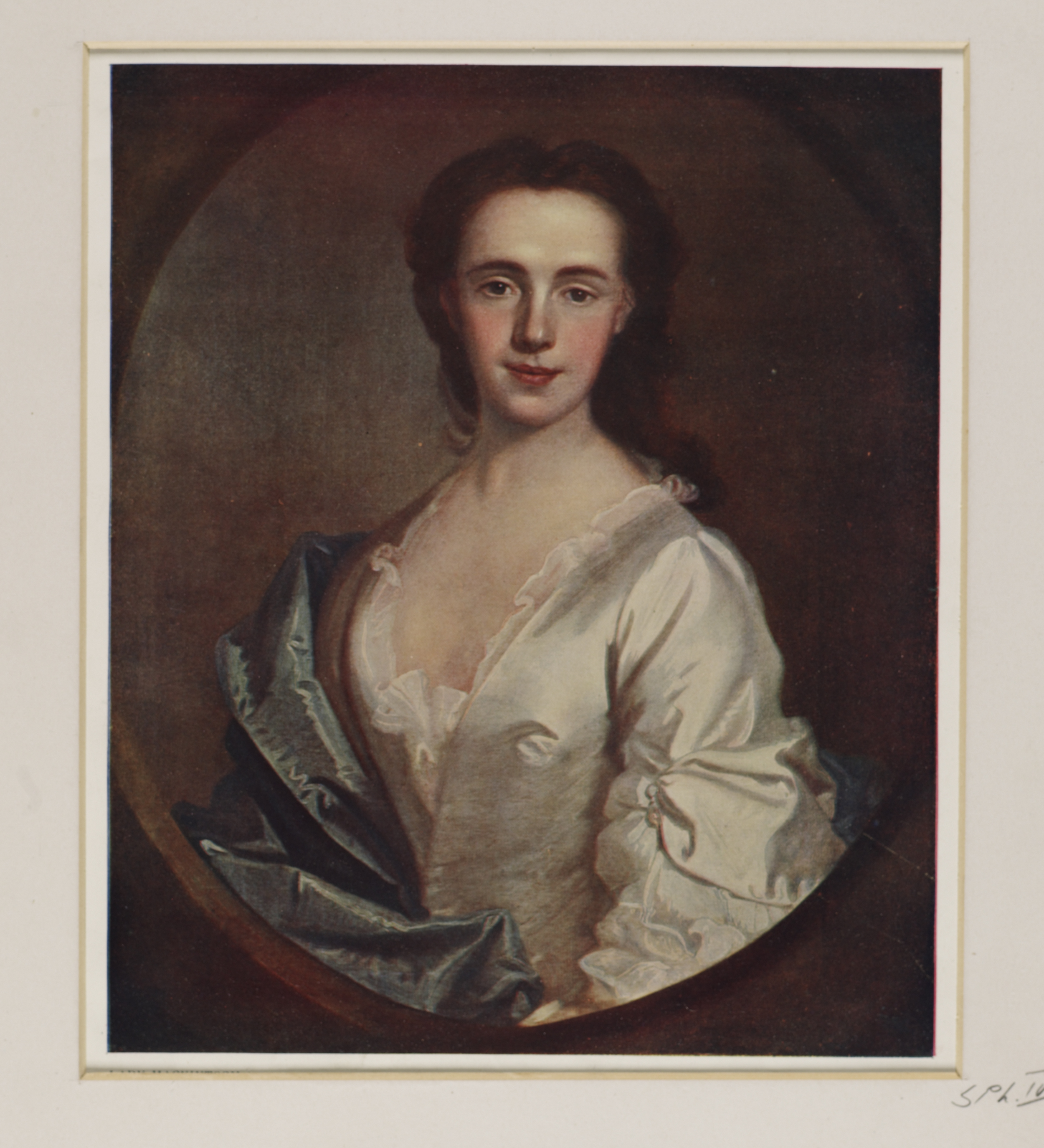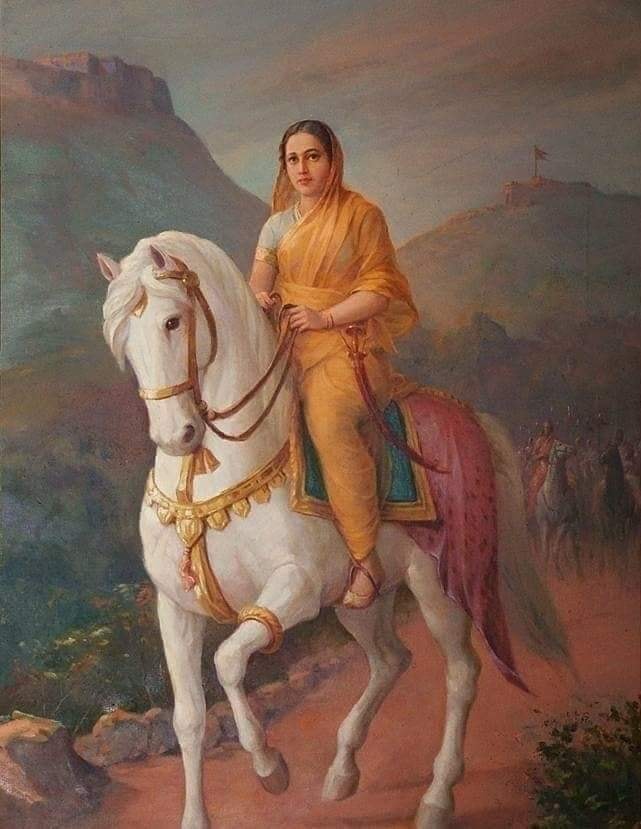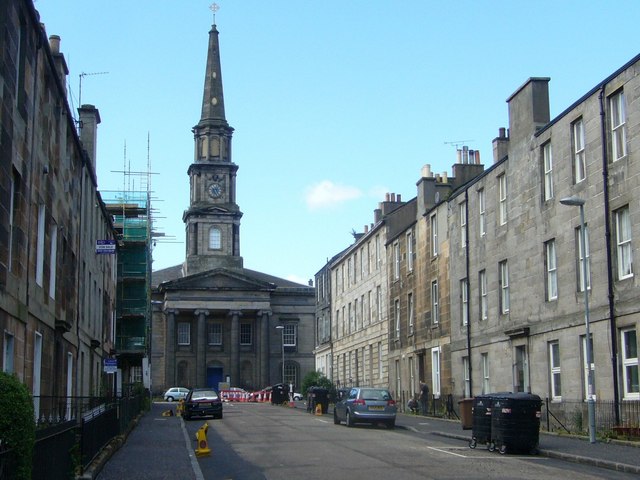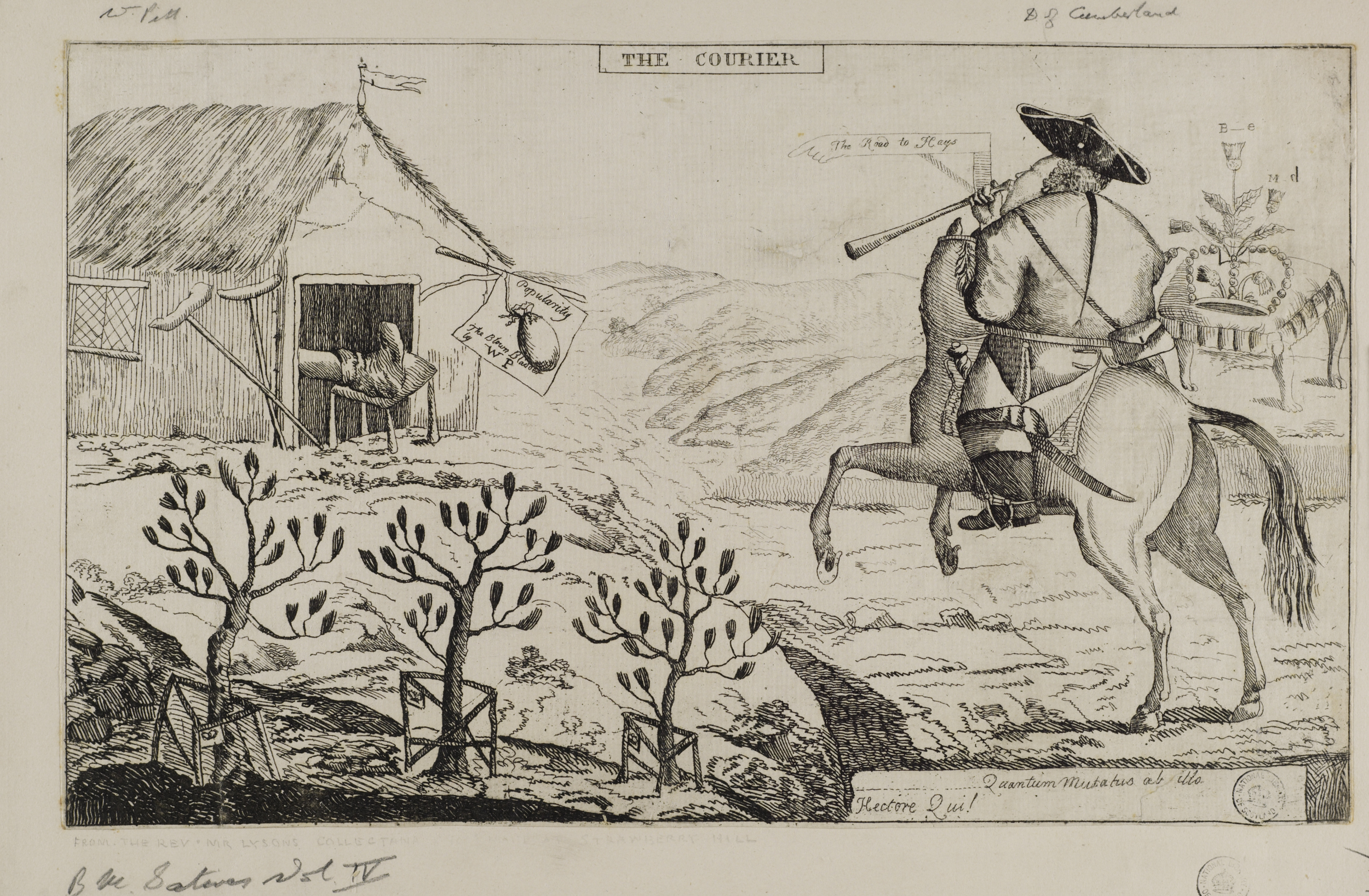|
Lady Anne Farquharson-MacKintosh
Anne Mackintosh (1723–1787) was a Scottish Jacobitism, Jacobite leader, who was daughter to the Scottish clan chief, Chief of Clan Farquharson and the wife of Angus Mackintosh, Chief of the Clan Mackintosh. She was one of very few (apparent) female military leaders during the Jacobite rising of 1745 and the first female to hold the rank of colonel in Scotland. Early life Born Anne Farquharson at Invercauld Castle, Aberdeenshire in 1723, she was the daughter of John Farquharson of Invercauld, chief of the Clan Farquharson, by his third wife Margaret Murray. Her mother was a daughter of Lord James Murray of Dowally and thus a granddaughter of the Marquis of Atholl and cousin of George Murray (general), Lord George Murray. Her family were Jacobite sympathisers. Around 1741 she was married to Angus (or Aeneas) Mackintosh, chief of the Clan Mackintosh, a committed anti-Jacobite. Jacobite rising of 1745 Early in 1744, Angus Mackintosh was offered one of three new Independent Comp ... [...More Info...] [...Related Items...] OR: [Wikipedia] [Google] [Baidu] |
Jacobitism
Jacobitism was a political ideology advocating the restoration of the senior line of the House of Stuart to the Monarchy of the United Kingdom, British throne. When James II of England chose exile after the November 1688 Glorious Revolution, the Parliament of England ruled he had "abandoned" the English throne, which was given to his Protestant daughter Mary II of England, and his nephew, her husband William III of England, William III. On the same basis, in April the Convention of Estates (1689), Scottish Convention awarded Mary and William the throne of Scotland. The Revolution created the principle of a contract between monarch and people, which if violated meant the monarch could be removed. A key tenet of Jacobitism was that kings were appointed by God, making the post-1688 regime illegitimate. However, it also functioned as an outlet for popular discontent, and thus was a complex mix of ideas, many opposed by the Stuarts themselves. Conflict between Charles Edward Stuar ... [...More Info...] [...Related Items...] OR: [Wikipedia] [Google] [Baidu] |
Women In 18th-century Warfare
Women have contributed to military activities including as combatants. The following list describes women known to have participated in military actions in the 18th century. For women in warfare in the United States at this time, please see Timeline of women in war in the United States, pre-1945. Timeline of women in warfare from 18th century warfare worldwide (except the present US) 18th century * 1700–1721: An unnamed woman serves in the Swedish army in the Great Northern War; after the war, she is seen wearing men's clothing on the streets of Stockholm until the 1740s, where she was known as "The Rider". * 1700s: Tomasa Tito Condemayta acts as a military strategist and leader of a woman's battalion during Rebellion of Túpac Amaru II. * 1700s: Maria Ursula d'Abreu e Lencastro joined the Portuguese navy dressed as a man under the name Balthazar do Conto Cardoso, sailed for Portugal, joined the army, and took part in battles in India. * 1700s: Ingela ... [...More Info...] [...Related Items...] OR: [Wikipedia] [Google] [Baidu] |
Janet Paisley
Janet Violet Paisley (12 January 1948 – 9 November 2018) was a writer, poet and playwright from Scotland, writing in Scots and English. Her work has been translated into German, Russian, Lithuanian, Slovak, Spanish, Hungarian, Ukrainian, Italian and Polish. Career Paisley was a member of the Working Party for a Scottish National Theatre, the SAC Scots Language Synergy, and the Cross Party Parliamentary Group for the Scots Language. She held three Creative Writing Fellowships, received two Scottish Arts Council Writer's Bursaries and a Playwright's Bursary, edited New Writing Scotland and co-ordinated the first Scottish PEN Women Writers Committee. Her first play ''Refuge'' won the Peggy Ramsay Award in 1996. She was awarded a Creative Scotland Award to write ''Not for Glory'' (2000), a collection of interlinked short stories in Scots set in a small village in Central Scotland. ''Not for Glory'' was one of the ten Scottish finalists voted for by the public in the 2003 Wo ... [...More Info...] [...Related Items...] OR: [Wikipedia] [Google] [Baidu] |
North Leith Parish Church
North Leith Parish Church was a congregation of the Church of Scotland, within the Presbytery of Edinburgh. It served part of Leith, formerly an independent burgh and since 1920 a part of the city of Edinburgh, Scotland. Building The current building in Madeira Street (opposite the junction with Prince Regent Street), Leith, was designed by the architect William Burn and was completed in 1816. It has a notable neo-classical portico (with four large Ionic columns), above which is a clock tower surmounted by a slender spire. A pipe organ (by Wadsworth of Manchester) was added in 1880. The building was damaged by bombing during World War II (in 1941), but was repaired by 1950. It is a category A listed building. The church was designed to accommodate 1300 people. William Burn was also responsible for several other notable buildings in Edinburgh, including the Edinburgh Academy and John Watson's College (now the Scottish National Gallery of Modern Art). The associated manse (built ... [...More Info...] [...Related Items...] OR: [Wikipedia] [Google] [Baidu] |
Edinburgh
Edinburgh is the capital city of Scotland and one of its 32 Council areas of Scotland, council areas. The city is located in southeast Scotland and is bounded to the north by the Firth of Forth and to the south by the Pentland Hills. Edinburgh had a population of in , making it the List of towns and cities in Scotland by population, second-most populous city in Scotland and the List of cities in the United Kingdom, seventh-most populous in the United Kingdom. The Functional urban area, wider metropolitan area had a population of 912,490 in the same year. Recognised as the capital of Scotland since at least the 15th century, Edinburgh is the seat of the Scottish Government, the Scottish Parliament, the Courts of Scotland, highest courts in Scotland, and the Palace of Holyroodhouse, the official residence of the Monarchy of the United Kingdom, British monarch in Scotland. It is also the annual venue of the General Assembly of the Church of Scotland. The city has long been a cent ... [...More Info...] [...Related Items...] OR: [Wikipedia] [Google] [Baidu] |
Leith
Leith (; ) is a port area in the north of Edinburgh, Scotland, founded at the mouth of the Water of Leith and is home to the Port of Leith. The earliest surviving historical references are in the royal charter authorising the construction of Holyrood Abbey in 1128 in which it is termed ''Inverlet'' (Inverleith). After centuries of control by Edinburgh, Leith was made a separate burgh in 1833 only to be merged into Edinburgh in 1920. Leith is located on the southern coast of the Firth of Forth and lies within the City of Edinburgh council area; since 2007 Leith (Edinburgh ward), it has formed one of 17 multi-member Wards of the United Kingdom, wards of the city. History As the major port serving Edinburgh, Leith has seen many significant events in Scottish history. First settlement The earliest evidence of settlement in Leith comes from several archaeological digs undertaken in The Shore, Leith, The Shore area in the late 20th century. Amongst the finds were medieval wharf ... [...More Info...] [...Related Items...] OR: [Wikipedia] [Google] [Baidu] |
London
London is the Capital city, capital and List of urban areas in the United Kingdom, largest city of both England and the United Kingdom, with a population of in . London metropolitan area, Its wider metropolitan area is the largest in Western Europe, with a population of 14.9 million. London stands on the River Thames in southeast England, at the head of a tidal estuary down to the North Sea, and has been a major settlement for nearly 2,000 years. Its ancient core and financial centre, the City of London, was founded by the Roman Empire, Romans as Londinium and has retained its medieval boundaries. The City of Westminster, to the west of the City of London, has been the centuries-long host of Government of the United Kingdom, the national government and Parliament of the United Kingdom, parliament. London grew rapidly 19th-century London, in the 19th century, becoming the world's List of largest cities throughout history, largest city at the time. Since the 19th cen ... [...More Info...] [...Related Items...] OR: [Wikipedia] [Google] [Baidu] |
Prince William, Duke Of Cumberland
Prince William Augustus, Duke of Cumberland (15 April 1721 Old_Style_and_New_Style_dates.html" ;"title="/nowiki>Old Style and New Style dates">N.S./nowiki> – 31 October 1765) was the third and youngest son of Great Britain and Kingdom of Ireland">Ireland and his wife, Caroline of Ansbach. He was Duke of Cumberland from 1726. He is best remembered for his role in putting down the Jacobite rising of 1745, Jacobite Rising at the Battle of Culloden in 1746, which made him popular in certain parts of Britain. He is often referred to by the nickname given to him by his Tory opponents: 'Butcher' Cumberland. For much of the War of the Austrian Succession, with the assistance of John Ligonier, Cumberland commanded the main allied field army in Flanders acting in defence of the Austrian Netherlands and the Dutch Republic. At the head of the largest deployment of British troops on the continent since the days of Marlborough and opposed to the experienced French Marshal Maurice de Saxe ... [...More Info...] [...Related Items...] OR: [Wikipedia] [Google] [Baidu] |
Anne McKay
Anne McKay née MacLeod (fl. 1740s-1750s) was imprisoned for hiding members of the defeated Jacobite army in Inverness in the aftermath of the Battle of Culloden. Anne McKay was born in Skye The Isle of Skye, or simply Skye, is the largest and northernmost of the major islands in the Inner Hebrides of Scotland. The island's peninsulas radiate from a mountainous hub dominated by the Cuillin, the rocky slopes of which provide some o ..., a Gaelic speaker with very little English. She boarded in Inverness with her children during the Jacobite Rebellion of 1745. After the Battle of Culloden on 16 April 1746, McKay's cellar was used to imprison MacDonald of Belfinlay and Robert Nairn, a prominent Jacobite and deputy paymaster. Robert Forbes, a nineteenth-century memoirist, noted that McKay was 'a wise, sagacious creature' who was called upon to help the injured prisoners. When an escape plan was made, McKay helped by bringing clothes and food for Nairn and distracting the guar ... [...More Info...] [...Related Items...] OR: [Wikipedia] [Google] [Baidu] |
Battle Of Culloden
The Battle of Culloden took place on 16 April 1746, near Inverness in the Scottish Highlands. A Jacobite army under Charles Edward Stuart was decisively defeated by a British government force commanded by the Duke of Cumberland, thereby ending the Jacobite rising of 1745. Charles landed in Scotland in July 1745, seeking to restore his father James Francis Edward Stuart to the British throne. He quickly won control of large parts of Scotland, and an invasion of England reached as far south as Derby before being forced to turn back. However, by April 1746, the Jacobites were short of supplies, facing a superior and better equipped opponent. Charles and his senior officers decided their only option was to stand and fight. When the two armies met at Culloden, the battle was brief, lasting less than an hour, with the Jacobites suffering an overwhelming and bloody defeat. This effectively ended both the 1745 rising, and Jacobitism as a significant element in British politics. Ba ... [...More Info...] [...Related Items...] OR: [Wikipedia] [Google] [Baidu] |
Loudon's Highlanders
Loudon's Highlanders, or the 64th Highlanders, or Earl of Loudon's Regiment of Foot, was an infantry regiment of the British Army. History Formation The great bravery of the 42nd Regiment of Foot, 43rd Highlanders (later renumbered the 42nd) and the admirable service which they rendered at the Battle of Fontenoy in May 1745, made the Government anxious to avail themselves still further of the military qualities of the Highlanders. Authority, therefore, was given to John Campbell, 4th Earl of Loudoun to raise another Highland regiment under the patronage of the noblemen, chiefs, and gentlemen of that part of the kingdom, whose sons and connections would be appointed officers. The regiment was raised at Inverness and Perth, Scotland, Perth in August 1745 and the Earl of Loudoun served as its colonel throughout its short life. By 8 June 1745, the regiment numbered 1,250 men who were formed into twelve companies. By August 1745, the regiment consisted of twenty companies of men. Loud ... [...More Info...] [...Related Items...] OR: [Wikipedia] [Google] [Baidu] |







